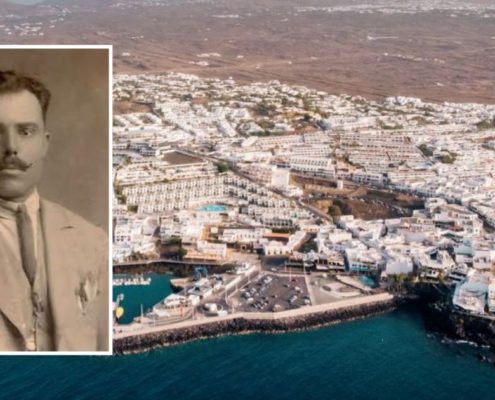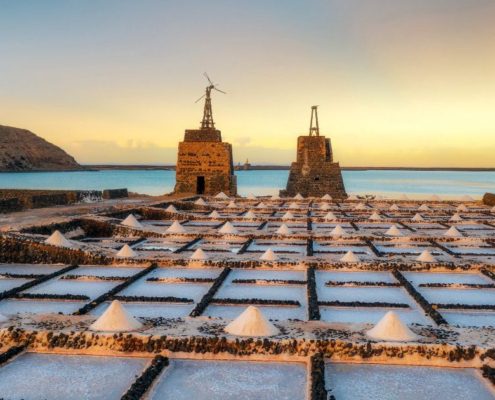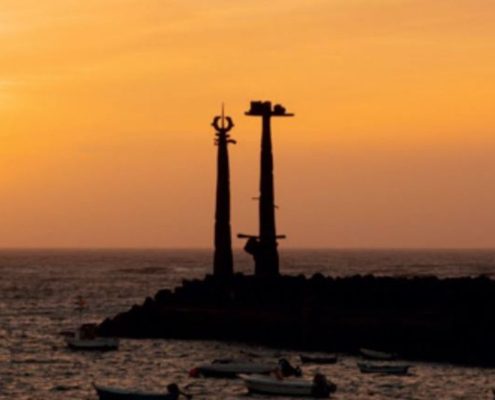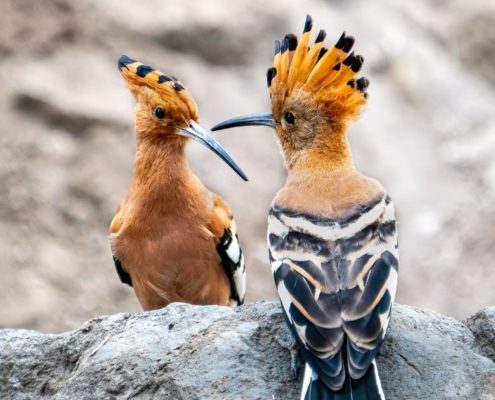
The man who laid down Puerto del Carmen’s foundations
History, MagazineRafael Cabrera Padrón is the man who prepared the ground for Puerto del Carmen’s transformation into Lanzarote’s most important tourist resort.

Lanzarote’s beachcombers
History, MagazineTourists aren’t the only creatures that love Lanzarote’s beaches. You’ll also see several species of birds enjoying some quality time by the seaside.

Take a look at what Lanzarote was like in the 1970s
History, Magazine, NewsRecently, Elizabeth and Barry Hitchins contacted us to ask if we would be interested in some old photos of Lanzarote that they had taken in the 1970s – and the photographs that they sent to us were fascinating.

The Kestrel: Master of Lanzarote’s winds
History, MagazineThe kestrel is the commonest falcon on Lanzarote, often seen hovering by roadsides or heard on rural hillsides.

Goatest of all time
History, MagazineLanzarote’s goats are, literally, the GOATS of the islands, an animal that has defined life, language and landscape for thousands of years.

Exploring the history of Lanzarote’s Sea Salt
Food, History, MagazineSea salt is a local product here on Lanzarote, made and packaged on the island, where sea water, sunshine and wind power are plentiful. Here's the history of Lanzarote's sea salt, from ancient salinas to gourmet flor de sal.

The fascinating history of Famara’s landscape
History, MagazineFamara is perhaps the most inspiring landscape on Lanzarote, an eternal source of inspiration for artists and dreamers.

Uncovering the mystery behind Costa Teguise’s strange sculpture
History, MagazinePlaya de las Cucharas is Costa Teguise’s largest beach, a 650-metre stretch of toasted, golden sand sheltered by a large bay and is guarded by a strange, unmissable sculpture that can be seen by everyone in the area.

The Hoopoe: One of Lanzarote’s most distinctive birds
History, MagazineThe hoopoe is one of the most distinctive and unforgettable birds on Lanzarote – once seen, never forgotten.

Haeckel’s Lanzarote expedition
HistoryDid Lanzarote help to inspire some of the most beautiful art in 20th century Europe, as well as its most infamous ideology? The answer lies in a visit four men made to the island almost 150 years ago.

